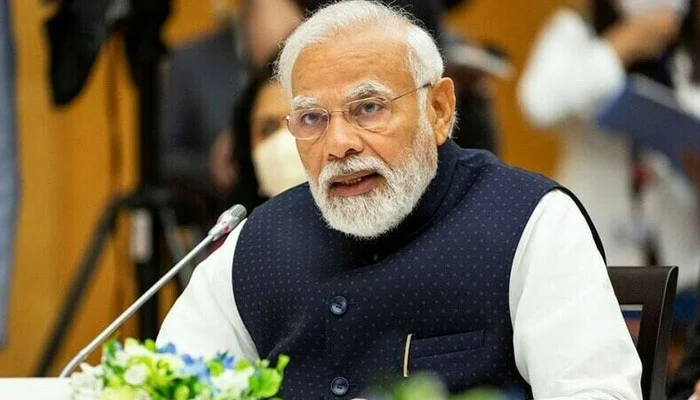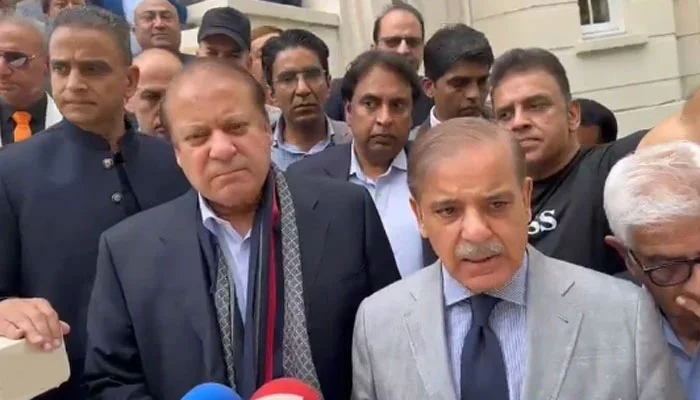In the backdrop of joyous celebrations marking the successful landing of Chandrayaan-3 on the lunar surface in India’s Chandrapur region, the country’s political landscape is abuzz with fervor. The Bharatiya Janata Party (BJP) is attributing this triumph to Prime Minister Modi and is poised to leverage it in upcoming elections, akin to the way the Indian National Congress credited Nehru and Manmohan Singh for past successes. India’s budget-conscious lunar mission stands out as a testament to cost-effective space endeavors when compared to global counterparts. The entire mission’s cost is just three times more than the value of Shah Rukh Khan’s house.
Pakistan’s space agency was established eight years prior to India’s, yet economic challenges in Pakistan diverted attention from space research. The Chandrayaan-3 success holds the potential to boost India’s lunar economy to a staggering $13 billion by 2025, benefiting various sectors. Globally, the achievement presents clear political benefits for Prime Minister Modi, as he aims for a permanent seat in the UN Security Council and inclusion in the Nuclear Suppliers Group, even though these aspirations are dwarfed by the countries that have already landed on the moon.
Indian newspapers are highlighting comparisons with Pakistan’s space program. Pakistan’s Space and Upper Atmosphere Research Commission (SUPARCO) was founded in 1961, predating ISRO’s establishment. Economic challenges in Pakistan have impeded space research and investment. With its Chandrayaan-3 mission costing 22.23 billion Pakistani rupees, it remains among the most cost-effective space programs. Russia’s Luna 25 cost 16 billion Indian rupees, China’s mission 17.52 billion Indian rupees, and NASA’s moon mission 279 billion Pakistani rupees.
The successful Chandrayaan-3 mission has ignited political rhetoric in India, with the BJP crediting Modi, while the opposition Congress hails Nehru’s 1962 space journey. Beyond economic advancement and technological prowess, Chandrayaan-3’s success could hold pivotal moments for scientific inquiry about the cosmos and India’s development. The global space industry reached a $546 billion valuation in 2023, witnessing an extraordinary 91% increase during the last decade. The moon offers abundant economic prospects such as water, minerals, and rare elements, all of which can fuel a new wave of companies for extraction, refining, and utilization.
As per The New York Times, “India is on the Moon.” Modi’s message is clear: India’s leadership can make the world a better place. The upcoming elections indicate Modi’s dedication to this central theme. Chandrayaan-3’s landing site has strategic significance for human habitation and water availability. The mission’s scientific objectives encompass studying the moon’s history, geology, and suitability for human habitation.
In the 2023-24 budget, India’s space agency ISRO has been allocated 125.43 billion rupees. By 2040, India’s space market could reach up to $100 billion, with its current value accounting for 2% of the global space economy. The successful Chandrayaan-3 mission not only marks a milestone for India’s lunar exploration but also signals a paradigm shift in the nation’s space ambitions and economic growth prospects across various sectors.



